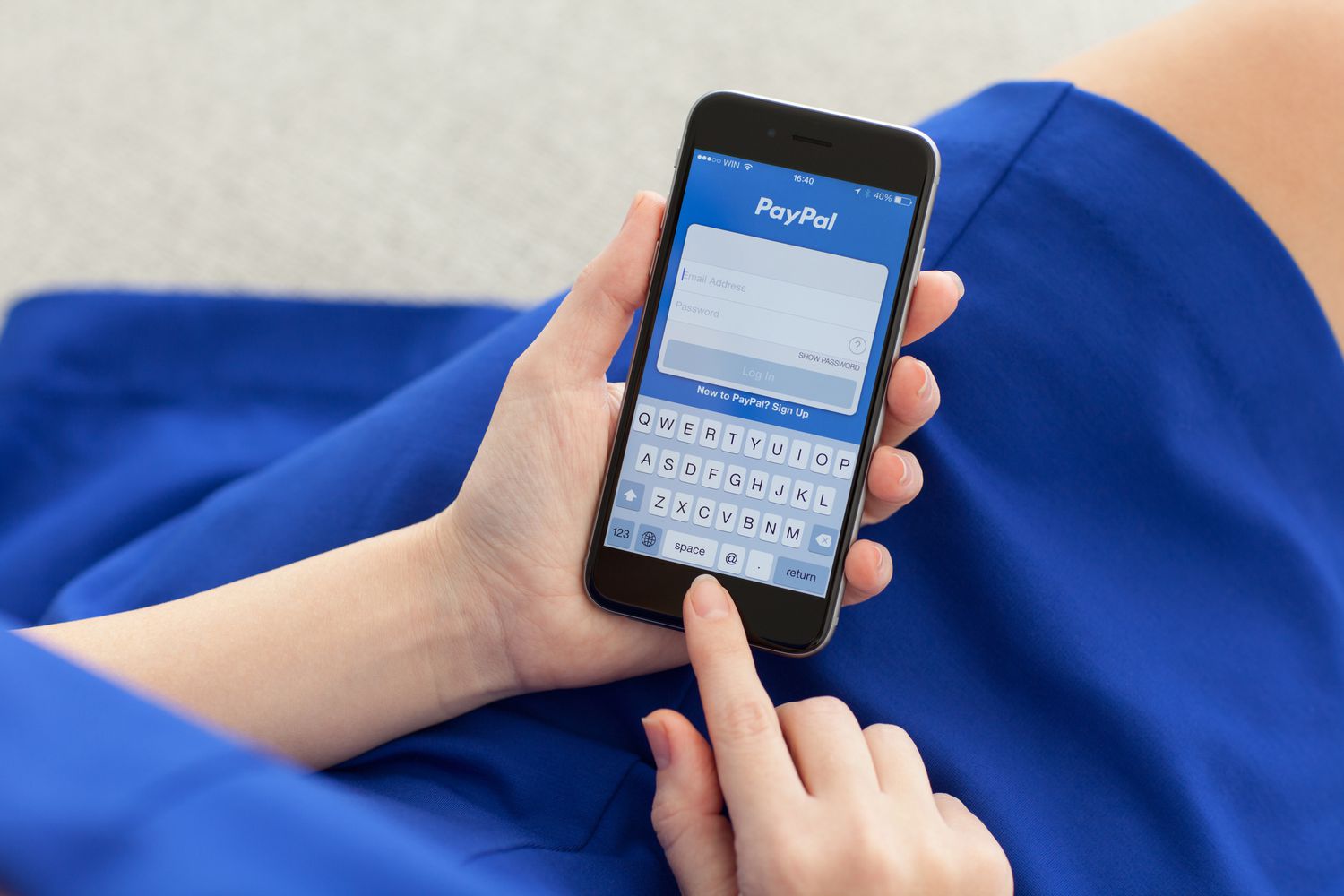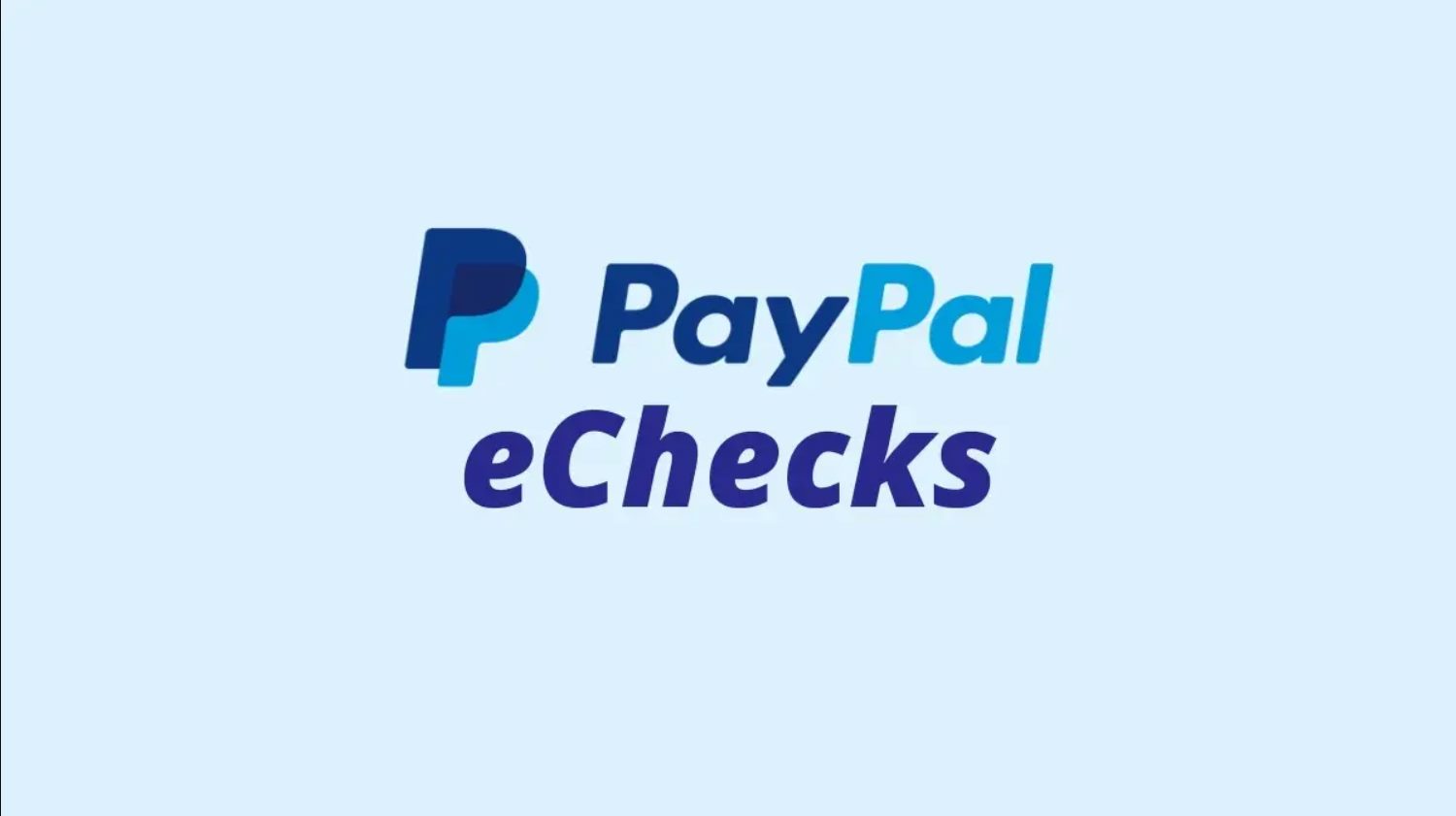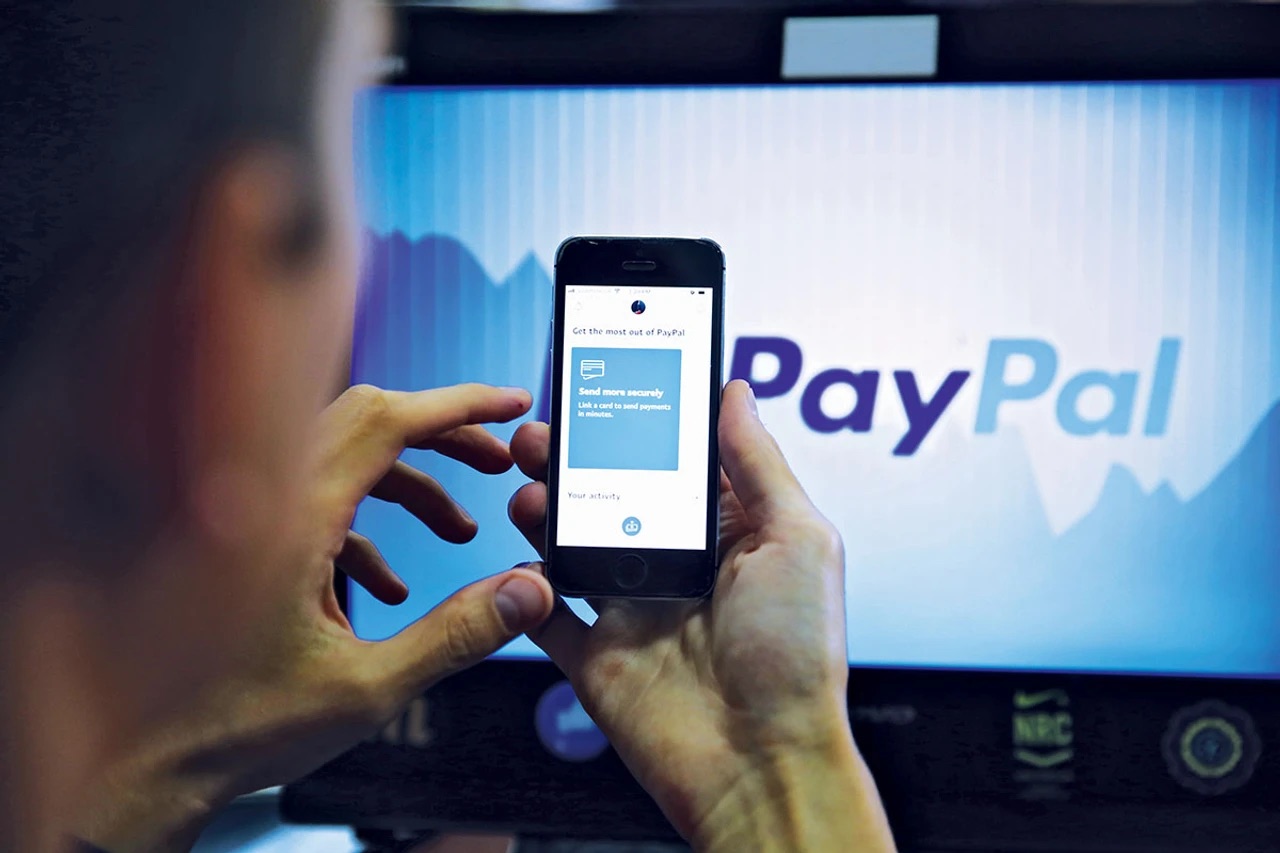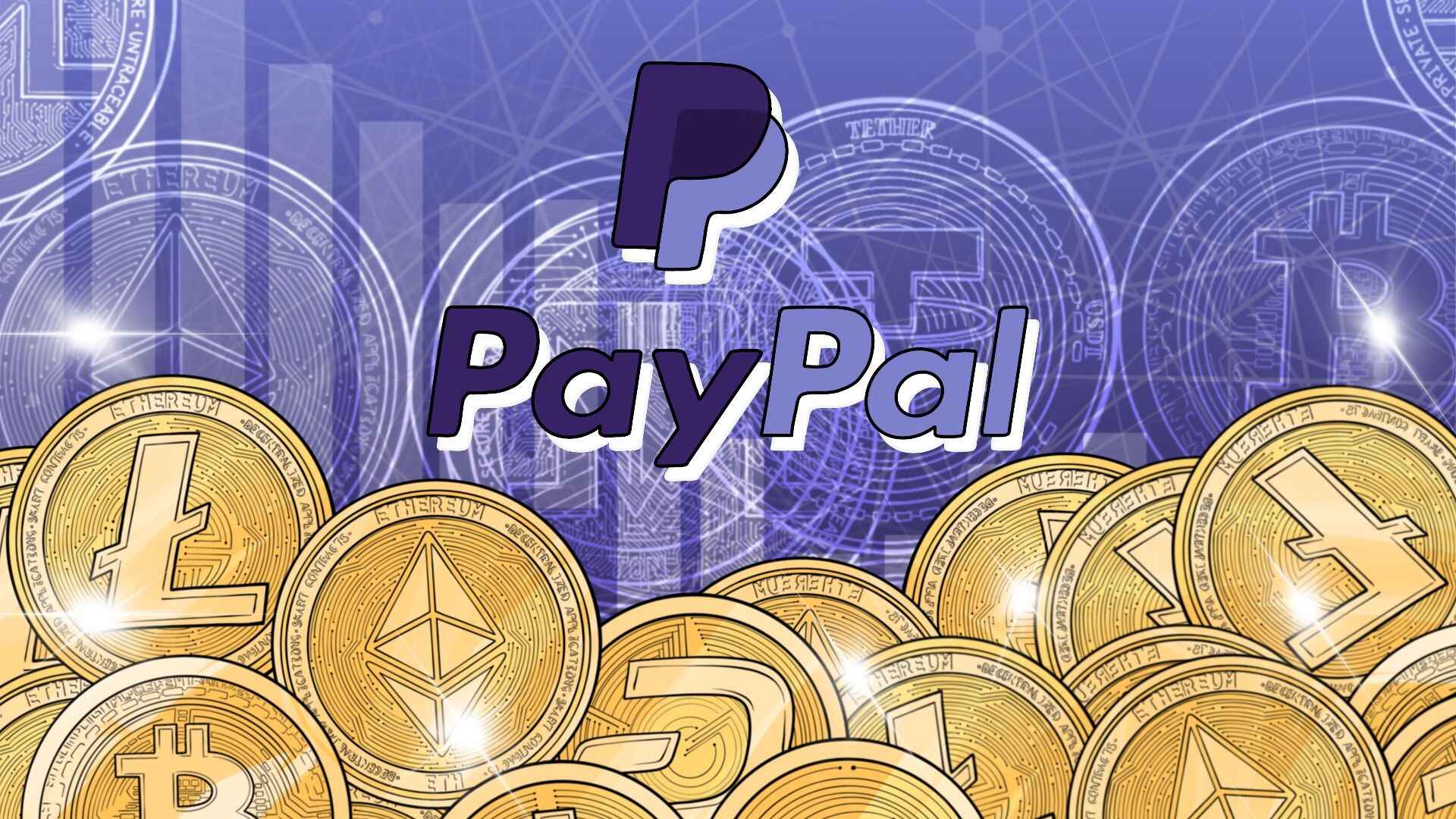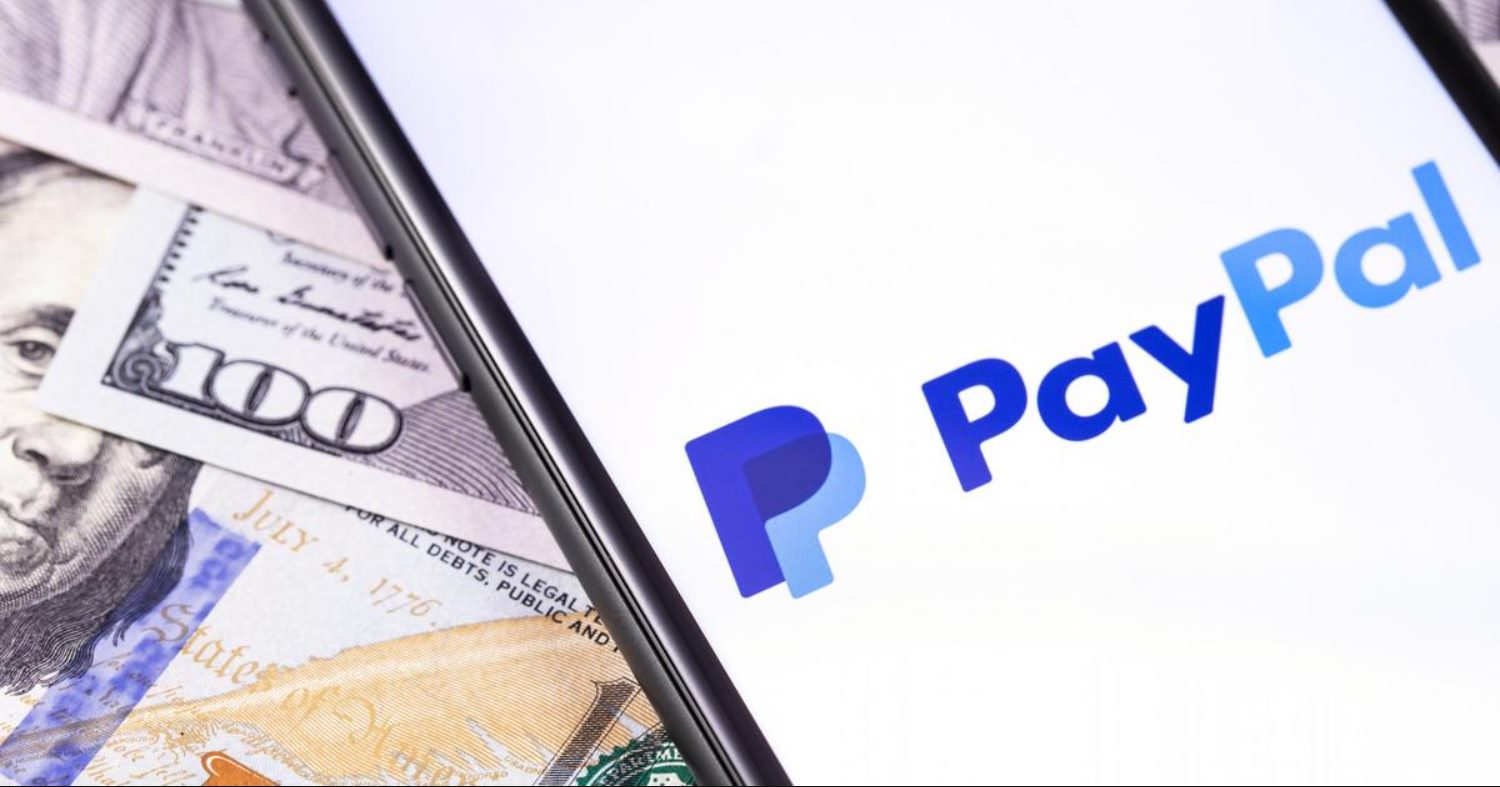Introduction
When it comes to transferring funds online, PayPal is a widely used and trusted platform. It allows individuals, businesses, and freelancers to send and receive money with ease and security. However, one of the common questions that arises is, “How long does a PayPal transfer take?” The speed of the transfer can depend on various factors, such as the type of transfer, the destination, and any potential delays. In this article, we will explore the different types of PayPal transfers and the factors that affect their processing times.
Before diving into the details, let’s take a quick look at how PayPal works. PayPal acts as an intermediary between the sender and the recipient, facilitating the transfer of funds. Once you link your bank account or credit card to your PayPal account, you can easily transfer money to other PayPal users or make online purchases.
PayPal offers various types of transfers, each with its own processing times. The most common types include standard transfers, instant transfers, and international transfers. The speed of these transfers can vary, so it’s essential to have a clear understanding of how long each one might take.
Several factors can influence the processing time of a PayPal transfer. First, it depends on the specific type of transfer you choose. Instant transfers, as the name suggests, are usually faster than standard transfers. Moreover, the time it takes for the funds to arrive can also depend on the recipient’s country and their preferred withdrawal method. Some countries may have certain regulations or processing times that can affect transfer durations.
Now, let’s delve deeper into the different types of PayPal transfers and the approximate time frames associated with each. Understanding these time frames can help you plan your transactions accordingly and avoid unnecessary delays.
How PayPal Works
PayPal is a digital payment platform that allows users to send and receive money securely online. Whether you want to pay for goods and services or transfer funds to friends and family, PayPal provides a convenient and reliable solution.
The first step to using PayPal is creating an account. You can sign up for a personal or business account, depending on your needs. Once you’ve set up your account, you can link it to your bank account, credit card, or debit card. This allows PayPal to securely access funds for transfers.
When making a payment or transfer, you have the option to choose the payment method. You can either use your PayPal balance, which is the funds available in your PayPal account, or link it to your bank account or card to access funds. PayPal acts as a middleman between the sender and recipient, ensuring the security of the transaction.
When you initiate a payment or transfer through PayPal, the recipient will receive the funds in their PayPal account. They can then choose to transfer the funds to their linked bank account or use it for future online payments. PayPal also offers a physical debit card that allows users to access their funds directly.
Security is a top priority for PayPal. They employ various measures to protect user information and transactions. This includes encryption technology, secure servers, and buyer protection policies. If there are any issues with a transaction, PayPal offers dispute resolution services to help resolve conflicts between buyers and sellers.
In addition to person-to-person transfers, PayPal also facilitates online payments. Many e-commerce platforms and websites offer PayPal as a payment option, allowing users to make purchases quickly and securely. This eliminates the need to enter credit card information for every transaction and adds an extra layer of security.
Overall, PayPal simplifies the process of sending and receiving money online. With its ease of use, security features, and widespread acceptance, PayPal has become a go-to solution for individuals and businesses alike.
Types of PayPal Transfers
PayPal offers different types of transfers to cater to the diverse needs of its users. Understanding these transfer options can help you choose the most suitable method for your specific requirements. Let’s explore the various types of PayPal transfers:
- Standard Transfers: Standard transfers, also known as eCheck or bank transfers, allow you to send funds directly from your bank account to another PayPal account. This transfer method is free but can take several business days to complete. The exact processing time depends on your bank and the country of the recipient.
- Instant Transfers: Instant transfers provide a faster option for sending money. By linking your eligible debit card or linked bank account, you can instantly transfer funds to another PayPal account. Instant transfers come with a nominal fee, but the funds are available to the recipient almost immediately.
- International Transfers: If you need to transfer money internationally, PayPal offers an international transfer service. This allows you to send funds to other countries, and the recipient can receive it in their local currency. International transfers may incur additional fees, and the processing time can vary depending on the recipient’s country and banking system.
Each transfer type has its own advantages and considerations. Standard transfers are suitable for non-urgent transactions as they have a longer processing time. Instant transfers are ideal for time-sensitive situations where immediate availability of funds is crucial. International transfers offer a solution for sending money across borders, but it’s important to note the additional fees and potential longer processing times.
It’s also worth mentioning that PayPal provides additional features such as recurring payments, mass payments, and invoicing options, making it a versatile platform for both personal and business transactions.
Now that we’ve covered the different types of PayPal transfers, let’s explore the factors that can affect the processing times of these transfers.
Factors Affecting Transfer Times
While PayPal strives to provide efficient and timely transfers, there are several factors that can impact the processing times. It’s important to be aware of these factors to set realistic expectations for your transfers. Here are the key elements that can affect transfer times:
- Type of Transfer: The type of transfer you choose plays a significant role in determining the processing time. As mentioned earlier, standard transfers generally take longer compared to instant transfers. Instant transfers, on the other hand, provide near-instantaneous availability of funds.
- Recipient’s Country: The location of the recipient can influence transfer times. PayPal’s processing times may vary depending on the banking systems and regulations of different countries. Transfers within the same country tend to be quicker compared to international transfers.
- Withdrawal Method: The method the recipient uses to withdraw the funds can affect transfer times. For example, if the recipient chooses to transfer the funds to their linked bank account, it may take longer compared to using PayPal’s debit card or keeping the funds within their PayPal account.
- Verification Requirements: In some cases, PayPal may require additional verification before processing certain transfers. This could include verifying the sender’s identity, confirming bank account information, or complying with regulatory requirements. These verification processes can add some additional processing time to the transfer.
- Technical Issues: Occasionally, technical issues within PayPal’s system or unforeseen circumstances can cause delays in transfers. While such situations are relatively rare, they can impact the processing time of your transfer.
It’s important to note that these factors can vary depending on individual circumstances and external factors beyond PayPal’s control. Additionally, transfer times may also be affected by weekends, holidays, and specific cut-off times for processing transfers.
Having a good understanding of these factors will allow you to anticipate possible delays and adjust your plans accordingly. In the next sections, we will provide approximate time frames for standard transfers, instant transfers, and international transfers to give you a better idea of the expected processing times.
Standard Transfer Times
Standard transfers, also known as eChecks or bank transfers, are a cost-effective way to send money through PayPal. While they are typically free, they do come with longer processing times compared to other transfer options. The exact duration of a standard transfer can vary based on several factors:
- Bank Processing Time: The time it takes for your bank to process the transfer can have a significant impact on the overall processing time. Banks may have their own internal processing times for transferring funds, which can range from a few business days to up to a week.
- Country of the Recipient: The recipient’s country also plays a role in determining the transfer time for standard transfers. Factors such as different banking systems, clearance procedures, and time zone differences can influence the duration of the transfer.
- Weekends and Holidays: Standard transfers may experience delays during weekends and public holidays when banks typically do not process transactions. This can add extra days to the processing time, extending the overall duration of the transfer.
On average, standard transfers within the same country may take anywhere from 3 to 5 business days to complete. However, it is important to note that these are approximate time frames and can vary depending on the factors mentioned above.
To minimize delays and ensure timely processing, it is recommended to initiate standard transfers well in advance, especially for important payments or time-sensitive transactions. Additionally, keeping track of cut-off times for initiating transfers can contribute to smoother processing.
While standard transfers may have longer processing times, they are still a reliable and cost-effective method for transferring funds through PayPal. If time is not a constraint, opting for a standard transfer can be a convenient choice.
Instant Transfer Times
If you need to send money quickly, PayPal offers an option called instant transfers. As the name suggests, this method allows you to transfer funds almost immediately, providing instant availability to the recipient. However, it’s important to note that instant transfers come with a nominal fee. Here are some key details about instant transfer times:
- Eligibility: To make instant transfers, you need to have an eligible debit card or a linked bank account. Not all accounts may qualify for instant transfers, so it’s important to check your account’s eligibility before initiating the transfer.
- Processing Time: Unlike standard transfers, which can take several business days, instant transfers are typically completed within minutes. Once you initiate the transfer, the recipient can access the funds almost instantly.
- Availability: Instant transfers are available 24 hours a day, seven days a week, including weekends and holidays. This makes it a convenient option for time-sensitive transactions or urgent payments.
While instant transfers offer unparalleled speed, it’s important to consider the associated fees. The fee for instant transfers varies based on the amount you are sending and the destination. You will be shown the fee amount before confirming the transfer.
It’s worth noting that despite the instant availability, some delays may still occur due to factors beyond PayPal’s control, such as technical issues or verification requirements. However, such delays are relatively infrequent, and most instant transfers are processed smoothly and without any significant delays.
Instant transfers are particularly useful when you need to send money urgently, or when you want the recipient to have immediate access to the funds. Whether it’s splitting a dinner bill with friends, paying for an online purchase quickly, or helping someone out in an emergency, instant transfers can provide the speed and convenience you need.
Now that we’ve covered standard and instant transfer times, let’s explore the processing times for international transfers.
International Transfer Times
PayPal offers an international transfer service that allows you to send money to individuals or businesses in different countries. International transfers involve additional factors that can affect processing times. Here are the key details about international transfer times:
- Country-Specific Factors: The processing time for international transfers can vary depending on the recipient’s country. Different countries have varying banking systems, regulations, and procedures, which can impact transfer durations.
- Conversion and Clearing Time: When sending funds internationally, PayPal handles the conversion of currencies, if required. The time it takes to convert the funds and clear them for the recipient can influence the overall transfer duration.
- Bank Holidays and Weekends: Just like domestic transfers, international transfers can experience delays during weekends and bank holidays. These non-operational days can extend the processing time, especially if they fall during the conversion or clearing process.
- Verification Requirements: Some international transfers may require additional verification procedures due to regulatory or security reasons. These verification processes can add some extra time to the overall processing time.
- Recipient’s Method of Withdrawal: The method the recipient uses to withdraw the funds can affect the overall transfer time. For example, if the recipient chooses to transfer the funds to their local bank account, the transfer may take longer compared to using PayPal’s debit card or keeping the funds within their PayPal account.
Due to the various factors involved in international transfers, it is challenging to provide a specific timeframe. However, on average, international transfers may take anywhere from 3 to 7 business days to complete. It’s important to note that this timeframe is an approximation and can vary depending on the specific circumstances of the transfer.
When initiating an international transfer, it’s advisable to consider any time-sensitive requirements and plan accordingly. It may also be helpful to communicate with the recipient to set realistic expectations regarding the transfer time.
Despite the potential longer processing times, PayPal’s international transfer service offers a convenient and secure way to send money across borders. The ability to send funds globally while ensuring security and reliability makes PayPal an attractive choice for international transactions.
Now that we’ve explored the processing times for standard, instant, and international transfers, let’s move on to some tips that can help expedite your PayPal transfers.
Tips for Faster Transfers
While PayPal strives to process transfers as quickly as possible, there are a few tips and best practices that can help expedite the transfer process. If you’re looking for faster transfers, consider the following tips:
- Choose Instant Transfers: If time is of the essence, opt for instant transfers. By linking an eligible debit card or a linked bank account, you can enjoy near-instantaneous availability of funds for the recipient.
- Ensure Accurate Information: Double-check all the information you provide when initiating a transfer. Make sure the recipient’s email address or mobile number is correct to prevent any delays or issues with the transfer.
- Link a Debit Card: If you frequently need to send money quickly, consider linking a debit card to your PayPal account. This allows for instant transfers and eliminates the need to wait for bank processing times.
- Verify Your Account: Verifying your PayPal account can help expedite the transfer process. Account verification involves confirming your identity and linking a bank account, credit card, or providing additional information as requested by PayPal.
- Consider Different Time Zones: If you are making an international transfer, consider the time zone difference between you and the recipient. Initiating the transfer during the recipient’s working hours may help ensure faster processing times.
- Check Cut-Off Times: Be aware of the cut-off times set by PayPal for initiating transfers. Transfers initiated after the specified cut-off time may be processed on the next business day, causing a delay in the transfer.
- Choose a Faster Withdrawal Method: If the recipient plans to withdraw the funds, encourage them to choose a withdrawal method that offers quicker access to the funds, such as using PayPal’s debit card or keeping the funds within their PayPal account.
By following these tips, you can help ensure smoother and faster transfers through PayPal. It’s important to note that while these tips can expedite the transfer process, there may still be external factors or circumstances beyond PayPal’s control that can impact processing times.
Now that we’ve discussed tips for faster transfers, let’s address some common issues that may cause delays in the transfer process and how to resolve them.
Common Issues with Transfer Delays
While PayPal strives to provide efficient transfer services, there are occasionally situations that can cause delays in the processing of transfers. Understanding and addressing these common issues can help resolve any potential delays. Here are some common issues that may cause transfer delays:
- Incomplete Verification: If your PayPal account is not fully verified, it may result in transfer delays. Make sure your account is properly verified by providing the necessary identification and linking a bank account or credit card as requested.
- Insufficient Balance or Funds: If you attempt to make a transfer without sufficient funds in your PayPal account or linked funding sources, the transfer may be delayed. Ensure you have a balance or available funds to cover the transfer amount and any associated fees.
- Technical Issues: Occasionally, technical issues within PayPal’s system or external factors beyond their control can cause transfer delays. These issues can range from temporary system glitches to network outages. If you encounter a transfer delay due to technical issues, it is advised to reach out to PayPal’s customer support for assistance.
- Bank Processing Times: Transfer delays can occur when the recipient’s bank takes longer than usual to process incoming funds. In such cases, it is advisable to contact the recipient to confirm if their bank may have any specific processing times or requirements.
- Payment Review: In certain cases, PayPal may need to review and verify a payment or transfer for security reasons. This additional review process can result in delays. If your transfer is under review, it is recommended to wait for PayPal’s confirmation or reach out to their customer support for further assistance.
- Holidays and Weekends: Transfers initiated during weekends or public holidays may experience delays due to limited banking hours. It is important to consider these non-operational days and plan your transfers accordingly.
If you encounter any transfer delays, it is advisable to review all the relevant details of the transfer, ensure that you have fulfilled all required verification steps, and reach out to PayPal’s customer support for assistance. They can provide insight into the specific issue and help resolve any potential delays.
By being aware of these common issues and taking proactive steps, you can minimize the chances of experiencing transfer delays and ensure smoother transactions through PayPal.
Now that we have addressed common issues with transfer delays, let’s wrap up with some final thoughts.
Final Thoughts
PayPal offers a flexible and secure platform for sending and receiving money online. Understanding the different types of transfers, their processing times, and the factors that can affect them is crucial for efficient money management. Whether you choose standard transfers, instant transfers, or international transfers, PayPal provides a range of options to meet your specific needs.
By following the tips for faster transfers, you can expedite the processing times and ensure timely availability of funds to the recipient. Reviewing and addressing common issues that may cause transfer delays can help minimize any potential disruptions and ensure seamless transactions.
While PayPal strives to provide efficient services, it’s important to note that external factors, such as bank processing times, currency conversions, and recipient’s withdrawal methods, can impact the overall transfer duration. Being aware of these factors and setting realistic expectations can contribute to a better transfer experience.
Remember to always verify your account, provide accurate information, and check cut-off times when initiating transfers. Regularly reviewing your PayPal account and keeping it updated can help streamline future transactions.
Whether you’re an individual sending money to a friend, a business owner making international payments, or a freelancer receiving funds for your services, PayPal offers a convenient and reliable platform for secure transactions.
Hopefully, this article has provided you with valuable insights into the various types of PayPal transfers, their processing times, and tips for faster transfers. By utilizing this knowledge, you can make informed decisions and have smoother transactions through PayPal. Should you encounter any challenges or have specific inquiries, always reach out to PayPal’s support team for assistance and guidance.
With PayPal’s user-friendly features and a comprehensive understanding of the transfer process, you can confidently utilize this platform to send and receive funds, bringing convenience and efficiency to your financial transactions.







